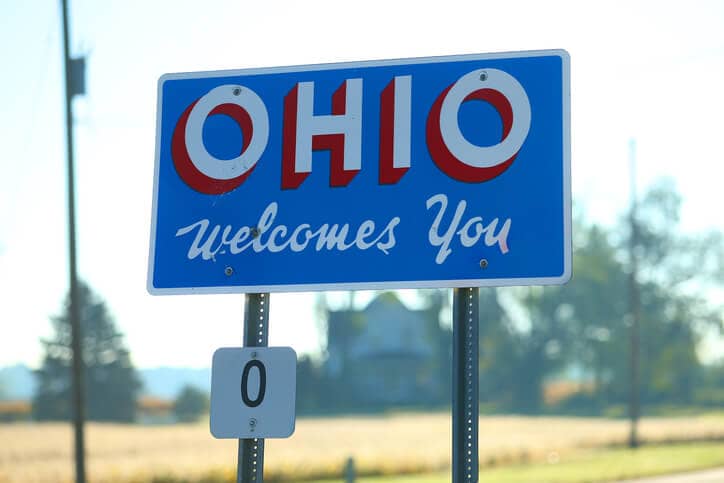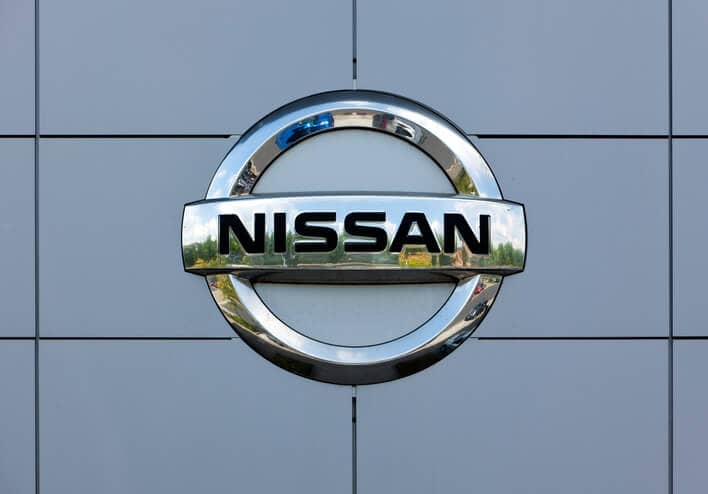The U.S. Environmental Protection Agency (EPA) has proposed leaving the greenhouse-gas (GHG) emissions standards for light-duty vehicle model years 2022-2025 in place, based on extensive technical analysis that shows automakers are well positioned to meet the goals.
As proposed by EPA Administrator Gina McCarthy, leaving the standards in place would enable the program, which was established in 2012, to stay on track to nearly double fuel economy, dramatically cut carbon pollution, maintain regulatory certainty for a global industry and save American drivers billions of dollars at the pump.
“Given the auto industry’s importance to American jobs and communities and the industry’s need for certainty well into the future, EPA has reanalyzed these clean car standards and sought further input,” says McCarthy. “It’s clear from the extensive technical record that this program will remain affordable and effective. This proposed decision reconfirms our confidence in the auto industry’s capacity to drive innovation and strengthen the American economy, while saving drivers money at the pump and safeguarding our health, climate and environment.”
As reported, this proposed determination is based on years of technical work, including an exhaustive technical report released earlier this year and the agency’s thorough review and consideration of comments received on that report. This extensive body of analysis shows that manufacturers can meet the standards at similar or even a lower cost than what was anticipated in the 2012 rulemaking and that the standards will deliver significant fuel savings for American consumers, as well as benefits to public health and welfare from reducing the pollution that contributes to climate change.
Full implementation of the standards will cut about 6 billion metric tons of GHG emissions over the lifetimes of the cars and light trucks sold in model years 2012-2025.
Although the EPA’s technical analysis indicates that the standards could be strengthened for model years 2022-2025, proposing to leave the current standards in place provides greater certainty to the auto industry for product planning and engineering. This will enable long-term planning in the auto industry, while also benefiting consumers and the environment.
The EPA says that this announcement builds on years of success under its vehicle emission standards, with auto manufacturers innovating and adopting fuel economy technologies at unprecedented rates. These technologies include gasoline direct injection, more sophisticated transmissions and stop-start systems that reduce idling fuel consumption. At the end of 2015, all large automakers were in compliance with the standards. In fact, automakers on average out-performed the model year 2015 standards by 7 grams per mile.
As part of the rulemaking establishing the model year 2017-2025 light-duty vehicle GHG standards, the EPA committed to conduct a midterm evaluation of standards for model years 2022-2025. The public comment period for this action began Nov. 30 and will end on Dec. 30. After the comment period has ended, the administrator will decide whether she has enough information to make a final determination on the model year 2022-2025 standards.







